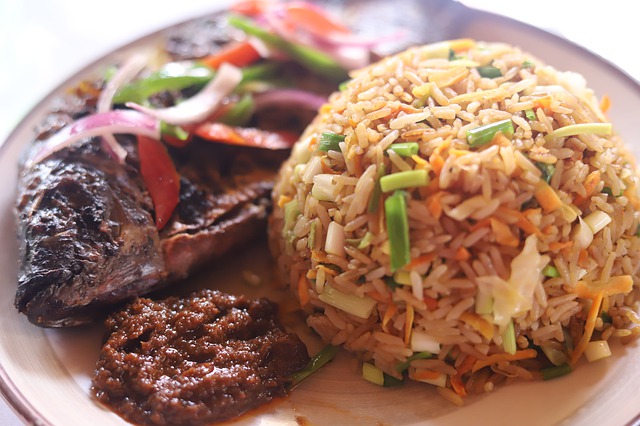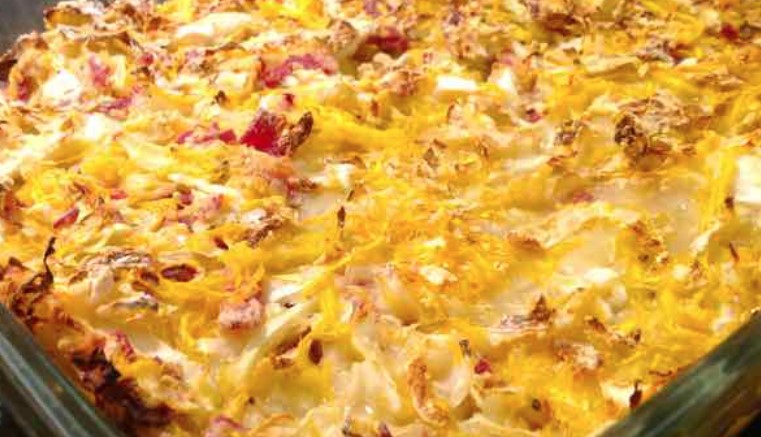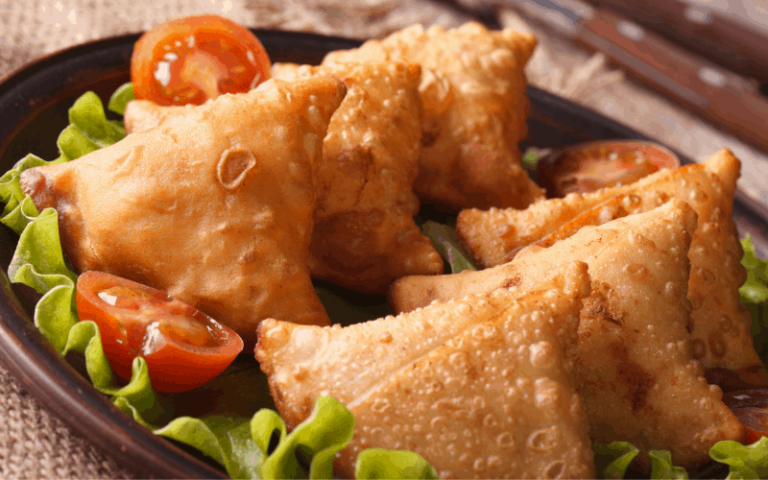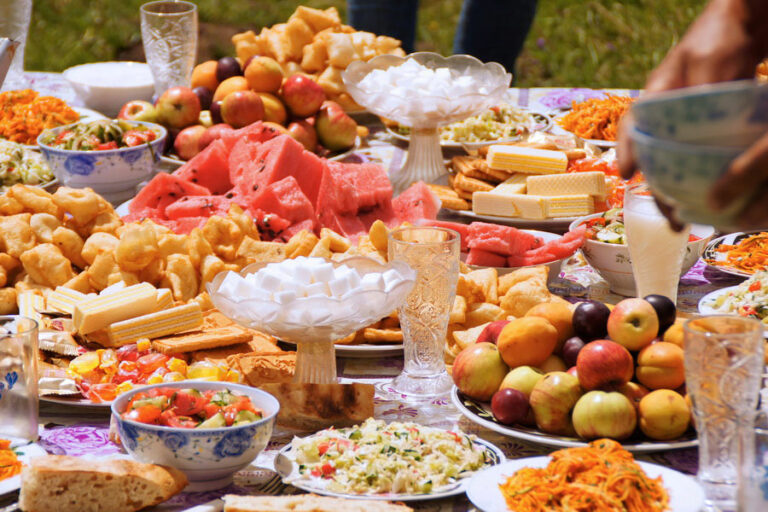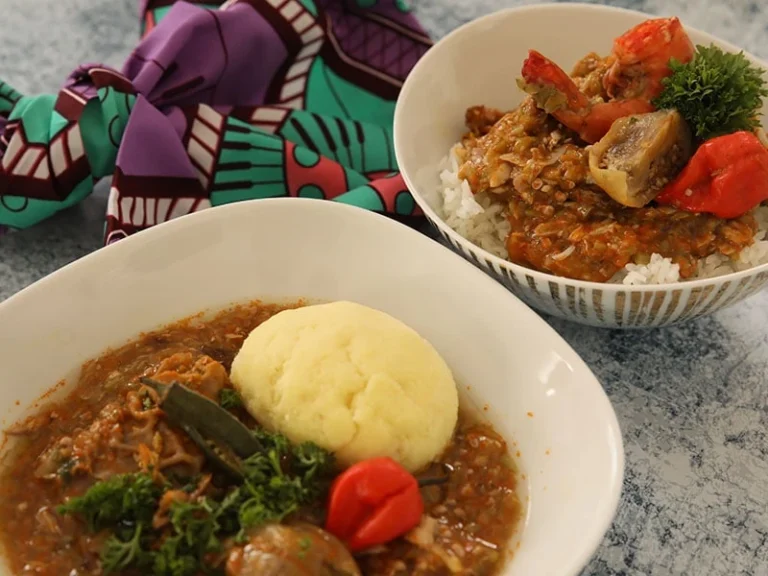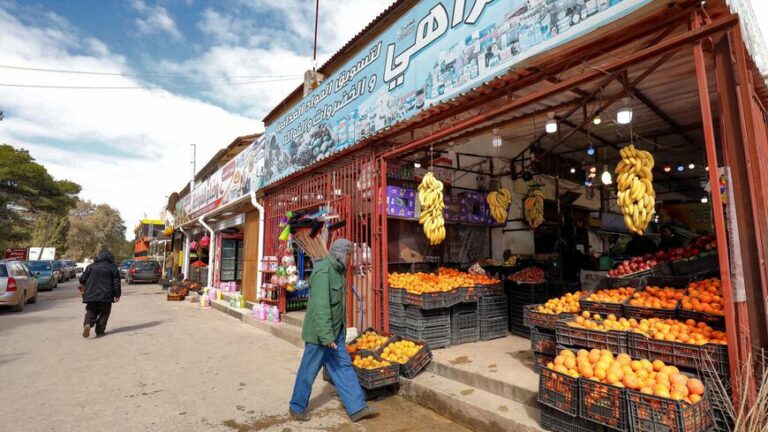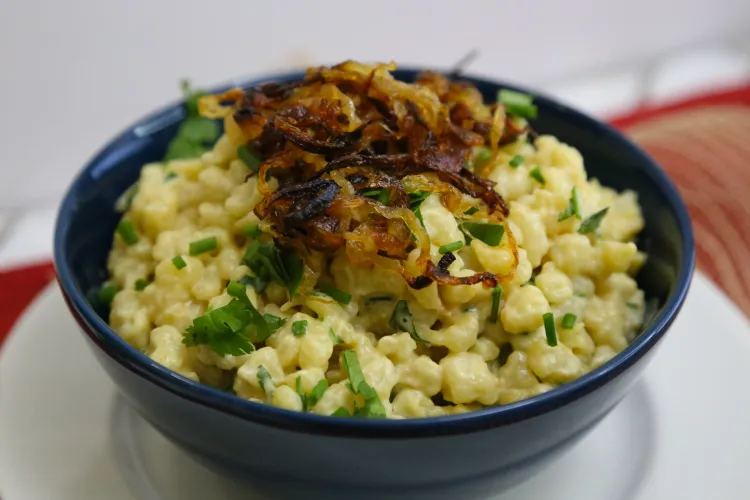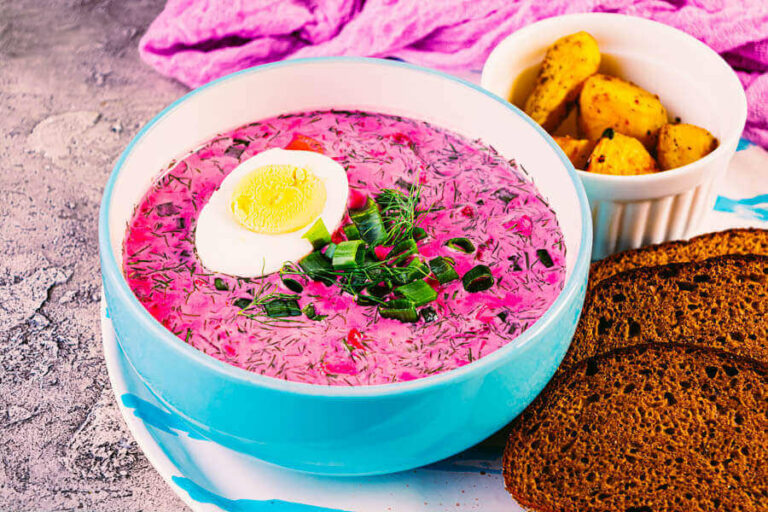Introduction
Kuwait is a country located in the Middle East, known for its rich culture, bustling markets, and delicious food. The cuisine in Kuwait is a reflection of the country’s history and heritage, influenced by Arabic, Persian, Indian, and Mediterranean flavors. One of the best ways to experience the local food scene is by visiting street food markets and festivals, which offer a diverse range of dishes that are both tasty and affordable. In this article, we will explore the street food markets and festivals in Kuwait, as well as some of the popular street food vendors.
Traditional Food in Kuwait
Before we dive into the street food scene in Kuwait, it’s important to understand the traditional dishes that are popular in the country. One of the most famous dishes is machboos, a spicy rice dish that is usually served with meat, such as lamb, chicken, or fish. Another popular dish is kubba, a deep-fried ball of bulgur wheat filled with minced meat, onions, and spices. Other traditional dishes include thareed, a bread and meat stew, and harees, a porridge made with meat and wheat.
Street Food Markets in Kuwait
Kuwait has several street food markets that offer a variety of local and international dishes. One of the most popular markets is Souq Al Mubarakiya, which has been around for over 200 years and is a favorite among locals and tourists alike. Here, you can find everything from shawarma and falafel to grilled meats and seafood. Another popular market is Souq Al-Juma, which is known for its grilled meat and fish sandwiches.
Food Festivals in Kuwait
In addition to street food markets, Kuwait also hosts several food festivals throughout the year. One of the biggest festivals is the Kuwait International Food Festival, which takes place in February and features over 100 food stalls serving a variety of cuisines from around the world. Another popular festival is the Kuwaiti Heritage Festival, which is held in November and celebrates the country’s culture and traditions through food, music, and dance.
Popular Street Food Vendors in Kuwait
Kuwait has several popular street food vendors who have been serving delicious food for decades. One of these vendors is Al-Tabaq Al-Hijazi, which is known for its crispy falafel and shawarma sandwiches. Another popular vendor is Al-Taiyebat Sweets, which offers an array of traditional Kuwaiti sweets, including baklava, maamoul, and halwa.
Conclusion
In conclusion, Kuwait has a vibrant street food scene that is not to be missed. Whether you’re in the mood for traditional Kuwaiti dishes or international cuisine, there are plenty of options to choose from. From street food markets to food festivals, Kuwait has something for everyone. So, if you’re planning a trip to Kuwait, be sure to sample some of the delicious street food on offer.

